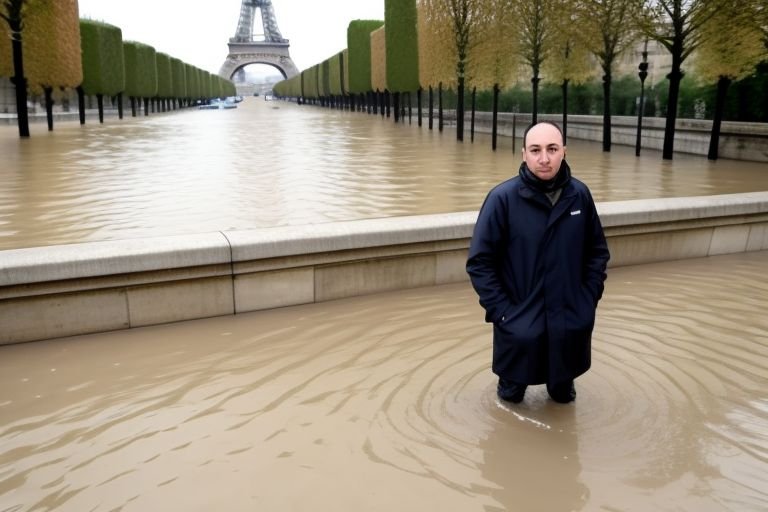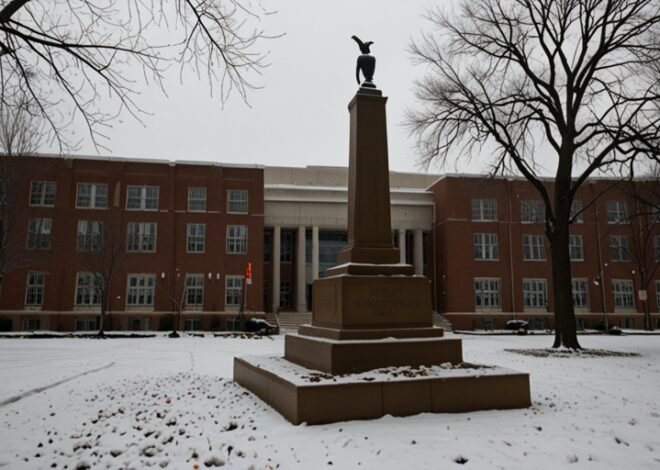
Paris Faces Flooding Risks From Rising Seine River
Seine River waters are still rising in Paris, and it has been put on high alert over possible flooding. The river water level is now at 5.2 meters or 17 feet higher than the normal level for the district leading to the declaration of a flood disaster preparedness in the city.
The rising waters are due to several days of continuous rain that have been experienced in northern France, and more rain is expected in the next few days, according to weather forecasters. This situation recalls the two records of floods in 2016 and 2018, leading to the washout of various infrastructures and cultural assets on the Seine.
Mayor Anne Hidalgo said the city must be cautious and has shut down several roads and pathways along the river banks. Mr Hidalgo concluded his press conference at the City Hall with the following words: ‘Of course we are doing all that is humanly possible to safeguard the people of Paris and mitigate the risks associated with such exercises.’ “All emergency services remain ready, and the community living in flood-prone areas are advised to be ready at all times.”
The Louvre Museum of the city has begun its flood prevention procedure by shifting some pieces of art from the basement to the upper floors. The Musée d’Orsay and the National Library are some of the other cultural centers that follow these precautionary measures to protect their artifacts.
The rising Seine has already affected river transport, which has been stopped until through further notice by all means of boat transport. This has involved both the business tugs and barges, as well as the famous tourist cruise dealing a new blow to the kuel tourism industry that was slowly recovering from the effects of covid-19 pandemic.
According to climate change experts, the more frequent occurrence of such flood incidences may be caused by climate change. Dr. Marie Durand, a climatologist of Sorbonne University, said, “Although each flood cannot be inevitably connected to climate change, the increase in intensity and number of the rainfalls follows the patterns predicted by climate models.”
The occurrence has also reopened the discussions on the flood management structures within the city of Paris. Opponents insist that much longer flood barriers and better drainage systems are required to prevent the subsequent flooding in the city. Still, the proponents of the current strategy agree that the measures are good enough once wisely deployed; these include removable flood walls and strategically located pumping stations.
Thus, as the levels of sea increase, so does the anxiety about the possible future economic effects. According to the Chamber of Commerce and Industry of Paris, a major flood would mean loss of business and damage worth up to €30 billion. However, a number of shops and restaurants located within the strips of Seine face the highest risks, and most of them are observed frenziedly trying to shift stock and most of their usable items upward to safer grounds.
The French government has promised support in preventing floods and possibly in managing disasters as well. Launched decontamination work in buildings along the Seine, Prime Minister Gabriel Attal, accompanied by Minister Elisabeth Borne, toured flooded areas, stating that the French state will be maximally ready to help local governments and citizens.
However, the growth of new infections and deaths is continuing while Parisians are slowly adjusting to the new reality. Community groups have already started preparing a sandbag filling exercise, and people are offering support and even temporary shelter to anyone that may be affected and forced to evacuate.
Considering that Paris fears the worst of floods, the way it will approach this latest ordeal will also probably be keenly watched. With the Summer Olympics only several months away, the current situation recalls one more aggressive environmental conflict taking place in one of the most adored world cities. Paris has had its share of disasters before, and many will be watching in the coming days to see if the city can survive this latest challenge and rise again from the high waters.


